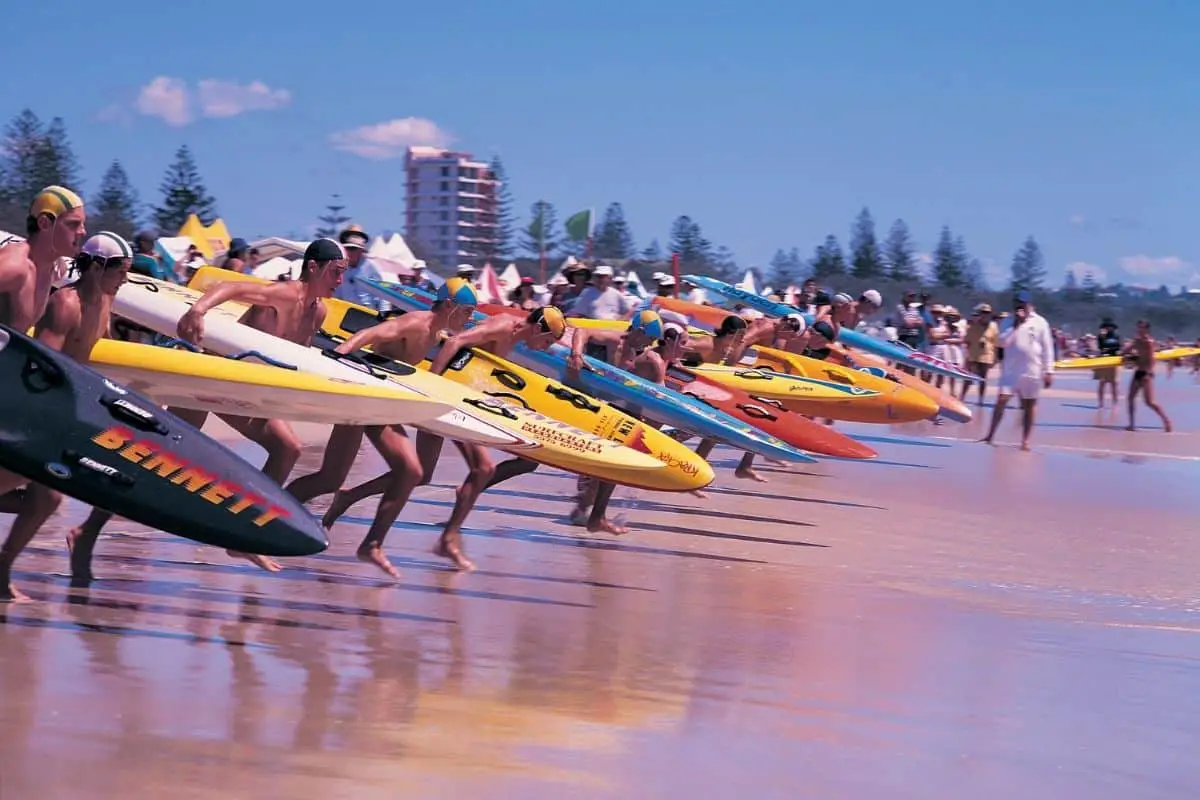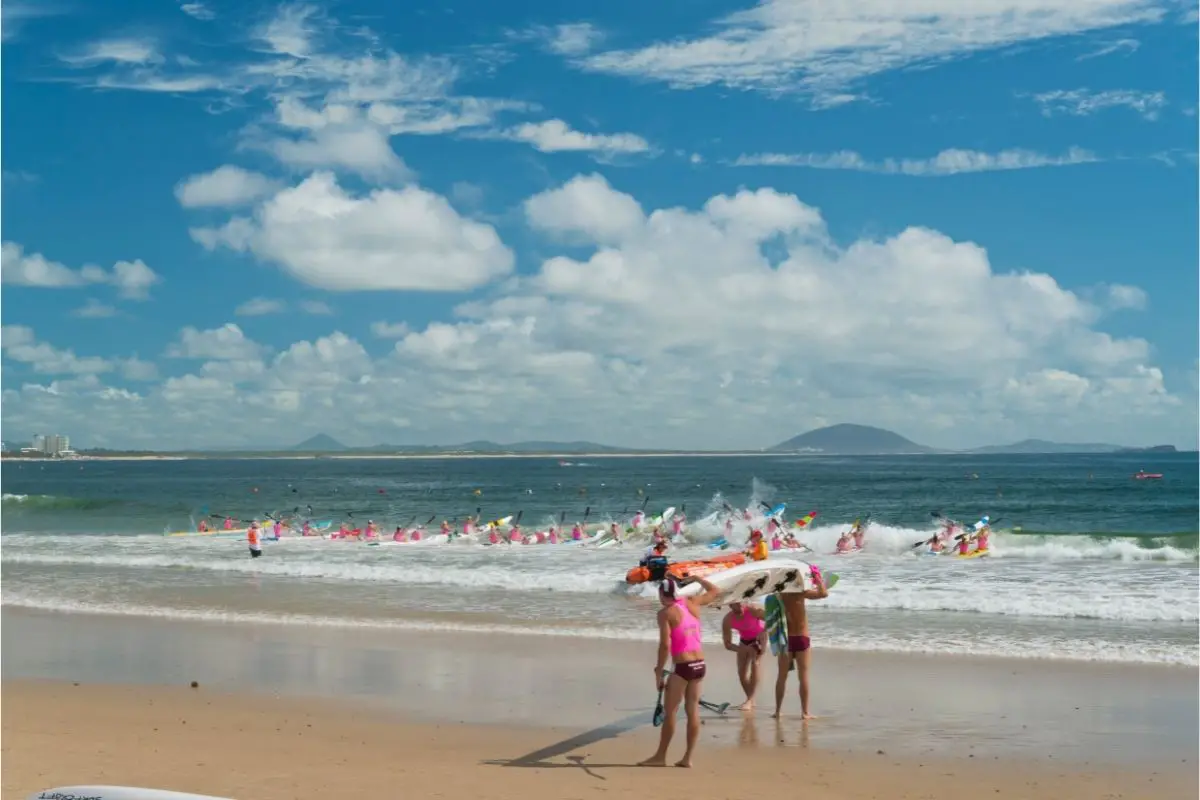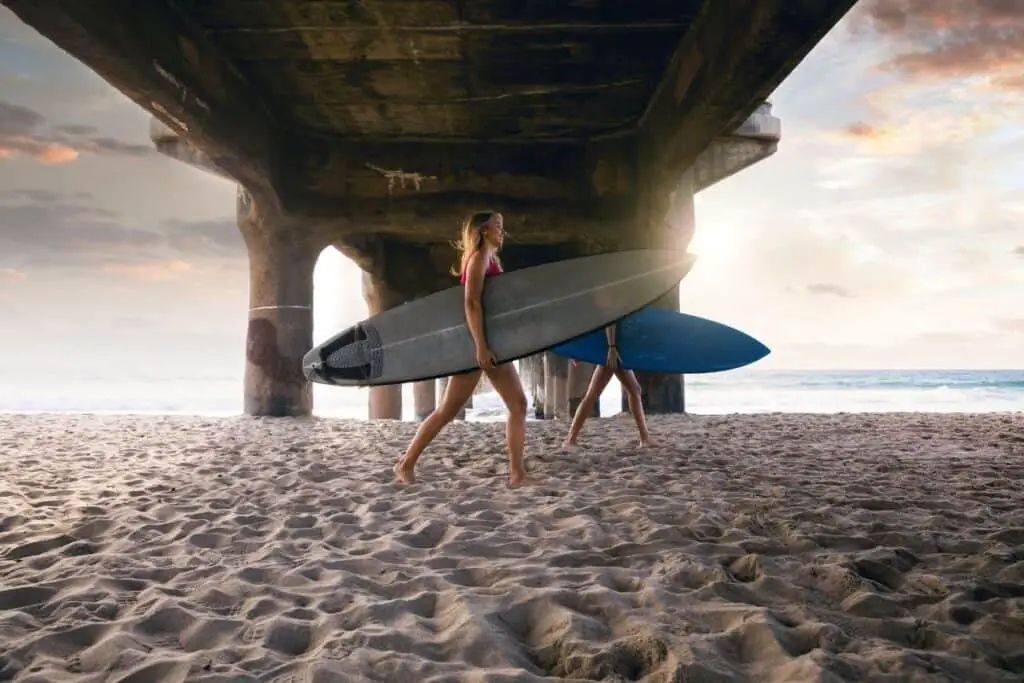Whatever has to do with surfing is cool. Living near the ocean is an obvious plus. Oceans are cool, especially on warm days.
It’s not uncommon for even people who do not surf to be attracted to brands selling surf gear, apparel, and other surf-related products. That’s just how popular surfing is.
Thus, you must agree that surfing events and competitions are not the last cool thing on our list! It’s fun to watch them.
We get a thrill watching them. Surfing heroes like them inspire us. As well as that, it feels good to see people slay in the water.
How Do Surfing Competitions Work?
Surfing is a fun sport. But it can be confusing when there are contests and competitions.
As we don’t want you to look clueless at the next surfing event, we’ve broken the information down for you.

When you are done with this, you will be able to discuss heats, priorities, and wildcards with confidence.
Additionally, you will be confident in your ability to speak about it.
Regulations And Rules
Like other competitions, surf competitions are divided into international competitions and national competitions.
Heats are generally required for a surfer to move on to the next round.
In addition to the Championship Tours (CT), the Qualifying Series (QS), the Junior Championships, the Big Wave Tour, and XXL Big Wave Awards, the World Surf League (WSL) synchronizes international professional surfing competition tours annually.
It is worthwhile to learn the rules while watching the sport, despite the fact that they are not complicated.
In most cases, these rules ensure the safety of the athletes, fairness of competitions, and most importantly, a positive surfing environment during live competitions.
The basics of WSL are:
- Points and judging
- Ranks
- Priority
- Interruption
- Restarting the Heat
- The use of drugs and doping
Points And Judging
Rounds made up of heats make up a surfing event. A minimum of two and a maximum of four athletes compete at a time in a heat – all from a predetermined competition zone.

The best waves can only be caught and ridden for a maximum of twenty to thirty minutes.
For this heat, surfers are likely to score the most points from two waves – both 10 points or more for up to 20 points. Five judges will grade each wave on a scale of 1-10.
Each ride is completed with the rider receiving the average of all scores and both the highest and lowest scores are discounted.
Scoring will be based on the following elements:
- Amount of difficulty and commitment
- Initial and progressive maneuvering
- Major maneuvers arranged
- Various maneuvers
- Power, speed, and flow
According to these scales, the following factors are considered:
- 0.0 to 1.9: Poor
- 1.9 – 3.9: Fair
- 4.0 to 5.9: Average
- 6.0 to 7.9: Good
- A score of 8.0 to 10.0 is excellent
Positions
According to their individual performance, surfers receive points. A higher score means more points. Each tour accumulates points.

CT, for instance, assigns first place to the surfer who gets 10,000 points, second place to the surfer who gets 8,000 points, and so on.
These factors determine their CT Rankings. At the end of the World Surf League, the male and female surfers with the most points are crowned champions.
Priority
Any wave that the surfer catches belongs to him unconditionally.
As long as there is no interfering with the score of the surfer with priority, surfers present in the heat can paddle and catch the same wave.
Upon catching/or paddling for a wave and missing it, a surfer loses priority.
The first surfer to reach the take-off zone when there are two or more people catching the same wave has priority.
Interruption
Under the priority rule, a surfer who chases the same wave during a heat will be penalized if he interferes with the scoring potential of the surfer with priority.
Because of this, only their best wave is considered when calculating their heat score.
The BWT does not fall under this category. If a surfer interferes twice during a heat, they will be disqualified.
Restarting The Heat

A judge can only order the heat restart rule if no one catches a wave within 10 minutes, except for BWT.
Against Doping Rule
It was only in 2012 that the WSL instituted an anti-doping policy. In addition, the WSL also covers illicit drugs.
These rules apply not only to surfers but also to their active support staff.
Contests And Events
Surfing competitions were lenient and relaxed in the beginning. The Hawaiian Outrigger Canoe Club and the local surfing club organized the first organized surfing events.
A great deal of surfers were attracted to such events by photos taken during them, which in turn began drawing them from all over to Corona del Mar and other spots that hosted surfing competitions.
Over 45 events are held worldwide each year. Both professional and amateur surfers can find them at popular and less popular surf spots.
Live broadcasts are sponsored by television and corporations.
Conclusion
Knowing what to expect when it comes to surfing competitions and events, you will now be able to follow your favorite surfers when the big events they are in are on – whether they are live or broadcast.
You now have some clue about what is going on.
